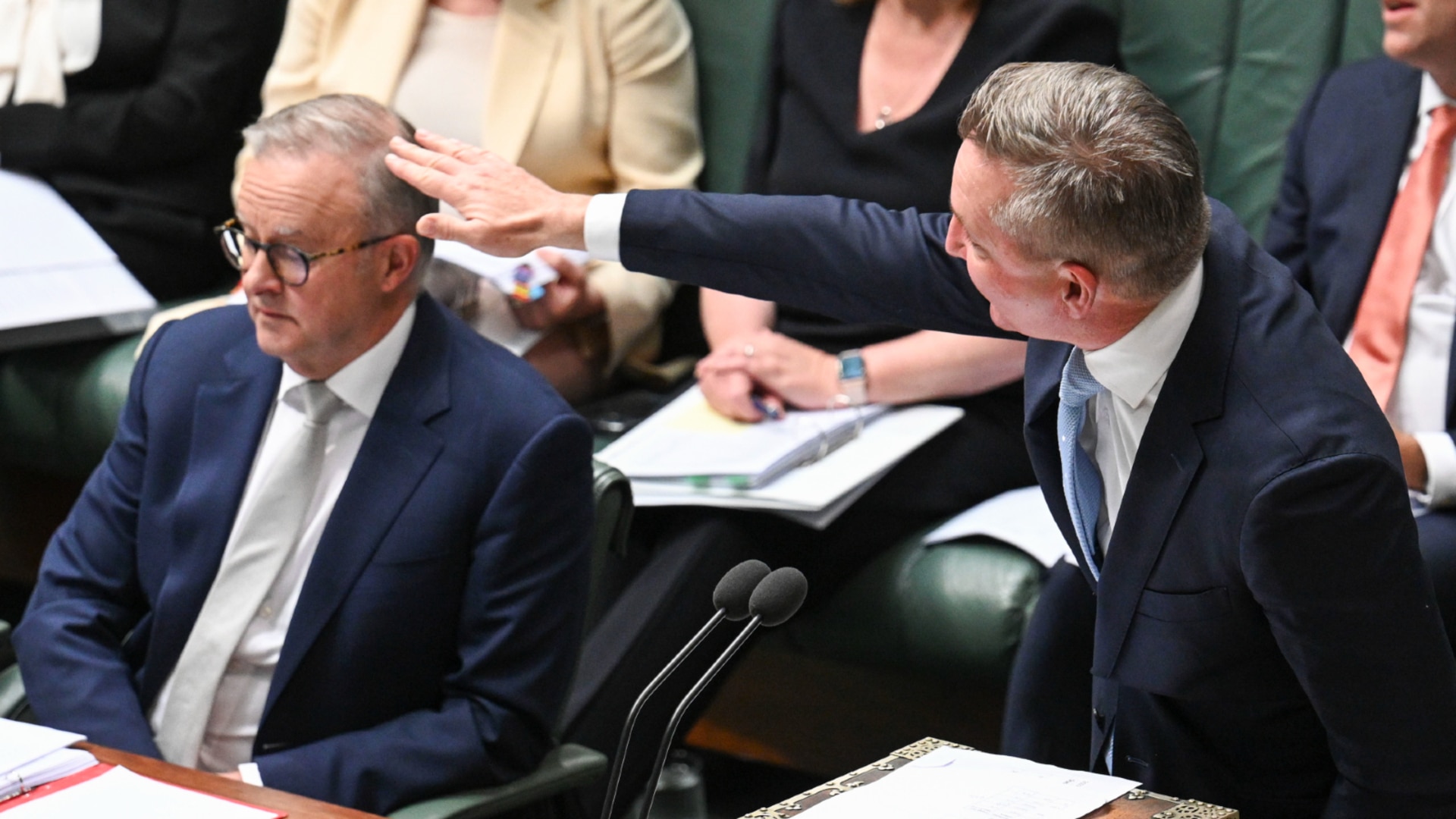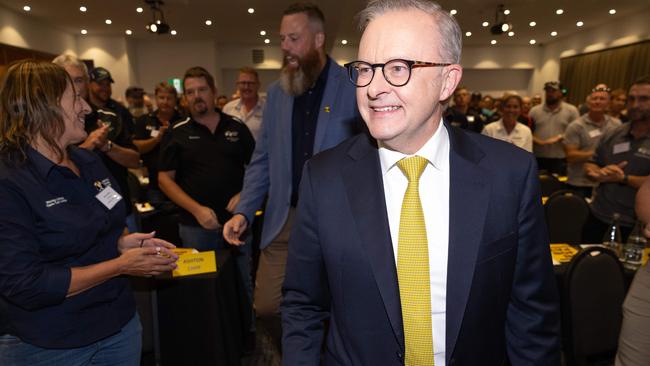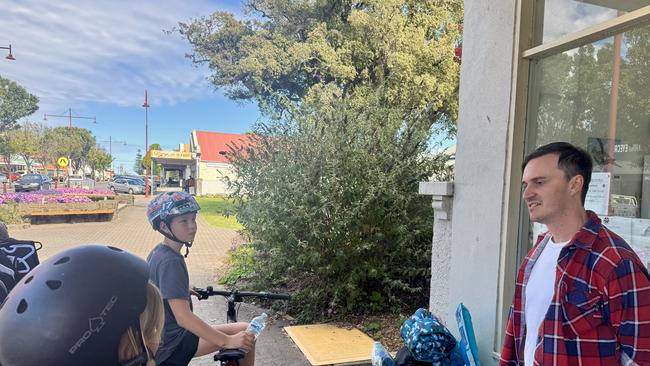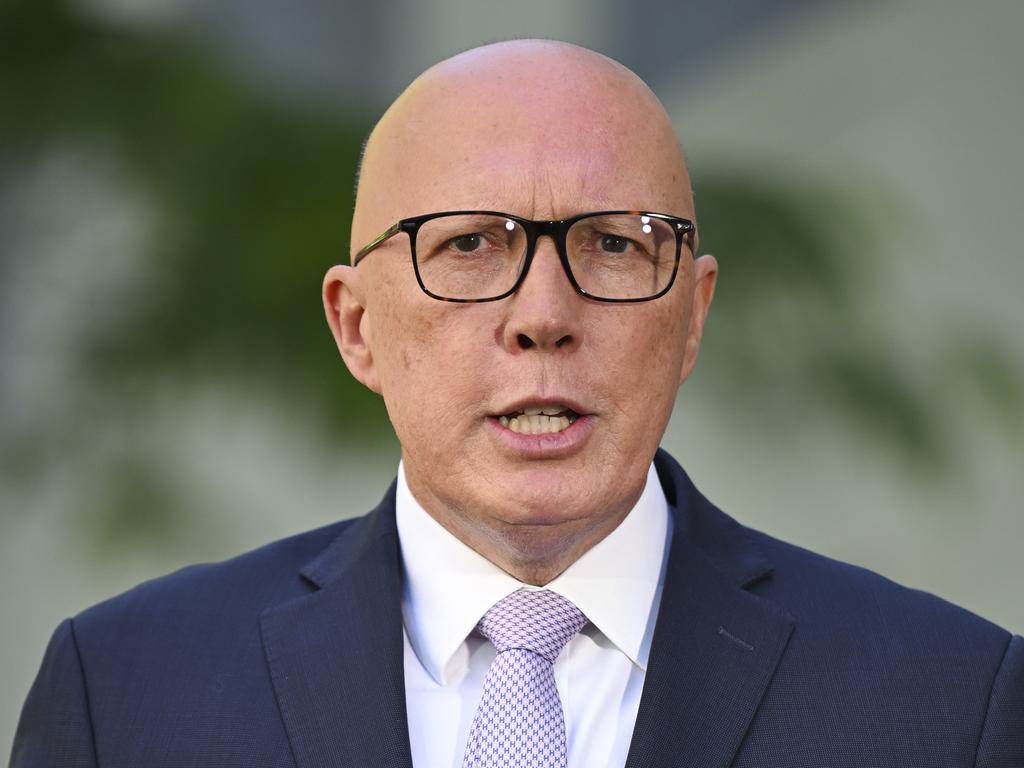Norwegian renewables giant sits on offshore wind licence after Labor grants it an election hedge
Labor offered Equinor 90 days to decide whether to accept an offshore wind licence offer in NSW – enough time for the election to be decided and for it to walk away if the Coalition wins.

Business
Don't miss out on the headlines from Business. Followed categories will be added to My News.
Norwegian energy giant Equinor received special treatment from federal Labor and has secured more time to decide whether to accept a development licence for a controversial offshore wind project off the coast of NSW until the election result is known.
Federal Energy Minister Chris Bowen broke with convention early this year and offered Equinor and local partner OceanEx a development licence for its proposed project in the Hunter Region of NSW, which has emerged as a lightning rod for opponents.
Labor gave Equinor 90 days to determine whether to accept the licence offer. Other projects located in offshore wind regions elsewhere in Australia got 14 days.
A Labor source said the extended timetable was due to uncertainty about caretaker government arrangements, but it is fortunate for Equinor.
It means the Scandinavian player will avoid having a payment triggered in the event the Coalition wins the election and acts on its vow to rescind permission for offshore wind development in the Hunter Region.
An Equinor spokesman confirmed it had yet to decide whether to proceed.
“Novocastrian Wind has received the offer of a feasibility licence for the Novocastrian Offshore Wind Farm in the Hunter offshore wind zone in NSW. The offer and associated conditions are being assessed in line with the timeline and process defined by the federal Minister for Climate Change and Energy, and the Offshore Infrastructure Registrar,” the spokesman said.

OceanEx did not immediately respond to requests for comment.
Offshore wind is a hot-button issue in some regions of NSW. In February, Labor deferred a decision on whether to approve the construction of offshore wind in the Illawarra region until after May 3.
As a result, Labor has dulled some opposition towards offshore wind while campaigning for a seat that could be critical for its hopes to secure re-election.
Labor MP Dan Repacholi holds Hunter with a margin of some 5 per cent after it flipped at the 2022 election, and controversy over offshore wind threatened to end any chance of retaining the seat.
Prime Minister Anthony Albanese was earlier this year heckled by opponents of wind farms in Wollongong, in the Illawarra.
While Equinor appears comfortable to wait until after the election, the other susceptible offshore wind project, Alinta Energy’s Spinifex off the coast of South West Victoria, continues to proceed.
Alinta, which was given 14 days and quickly accepted the feasibility licence offer, is pushing ahead with early works despite the Coalition promising to scrap the offshore wind region. Alinta’s feasibility licence was announced on February 28, the same day as Equinor’s offer was announced.
However, Labor said in the February 28 statement that a preliminary offer had been made to Alinta in September 2024.
The rural seat of Wannon is held by Coalition MP Dan Tehan, who faces a tough challenge from an independent, the former Triple J radio host Alex Dyson. Mr Dyson also opposes the establishment of offshore wind in the Victorian region.

While the federal Labor government is keen to accelerate offshore wind, Victoria is even more determined.
Victoria has placed offshore wind at the heart of its plan to wean the economy off coal. Victoria is Australia’s most fossil fuel-dependent state, relying on three major coal power stations for baseload electricity and gas to meet demand during winter.
The state government in 2022 set a target of generating 20 per cent of its energy needs from offshore wind within a decade.
The target then doubles to 4GW by 2035 and 9GW by 2040. In all, Victoria sees potential for 13GW of offshore wind capacity by 2050, five times the current renewable generation in Victoria.
Victoria’s strong winds and shallow coastlines make it ideal for offshore wind generation, and 12 developments are progressing. Offshore wind typically produces more electricity during the night when output from the onshore alternatives reduces.
Originally published as Norwegian renewables giant sits on offshore wind licence after Labor grants it an election hedge
Read related topics:Climate Change





